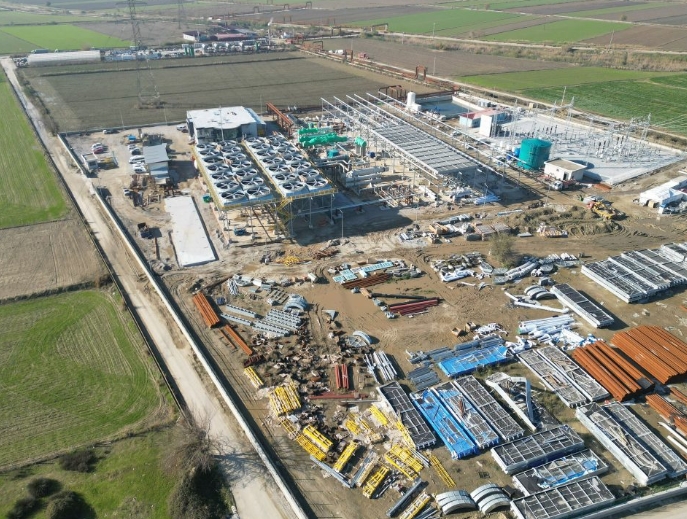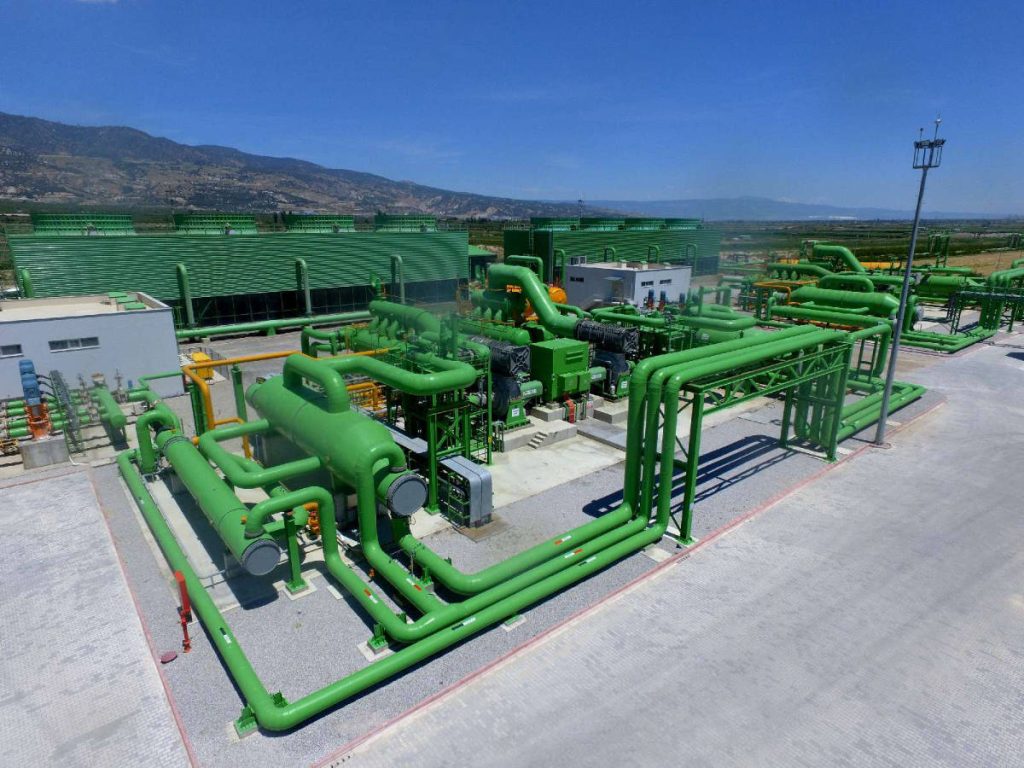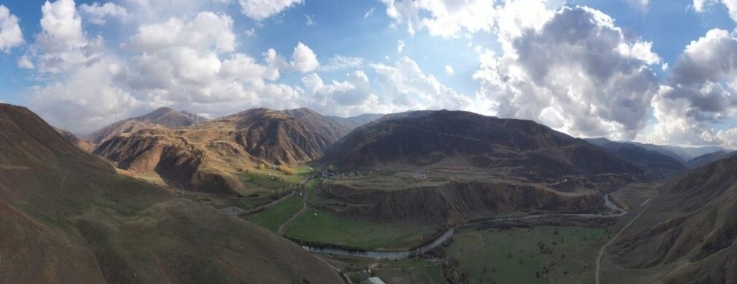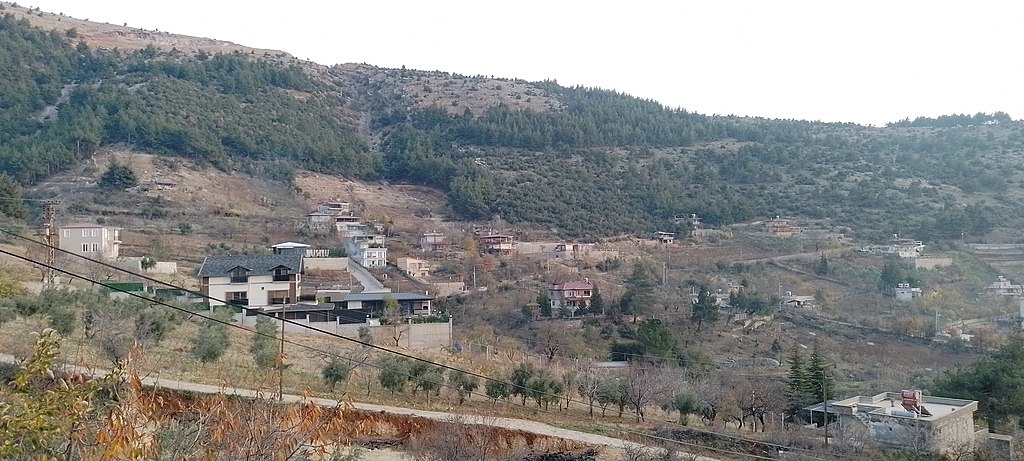Currently, the North African producer exempted from the OPEC+ cuts pumps around 1.2 million bpd. According to secondary sources in OPEC’s latest Monthly Oil Market Report, Libya’s crude oil production averaged 1.163 million bpd in June, up from 1.157 million bpd in May.
Since getting a unity government in March and a petroleum minister for the first time in five years, Libya has vowed it would raise its oil production, provided that the National Oil Corporation (NOC) receives the necessary funds.
Libya plans to raise its oil production to 1.45 million bpd by the end of this year, Mustafa Sanalla, the chairman of NOC, told Bloomberg Television in an interview earlier this year.
Libya will be able to increase its current production by year’s end, provided that the state oil firm is not compromised again, according to Sanalla.
The targets for the next few years are for Libya to increase production to 1.6 million bpd in two years and to 2.1 million bpd in four years, NOC’s chairman told Bloomberg in March.
Libya surprised many oil market observers, and probably the OPEC+ group itself, after managing in just a few months to restore its oil production back to 1.25 million bpd from less than 100,000 in September 2020. The 1.25 million bpd level was the volume Libya was pumping before the eighth-month-long oil port blockade began in January 2020.
Even after the lifting of the blockade in mid-September and the ceasefire from October, Libya’s oil production has not been entirely stable so far this year due to strikes from the Petroleum Facilities Guard over unpaid salaries and the lack of funds for restoration and maintenance of oil infrastructure.







